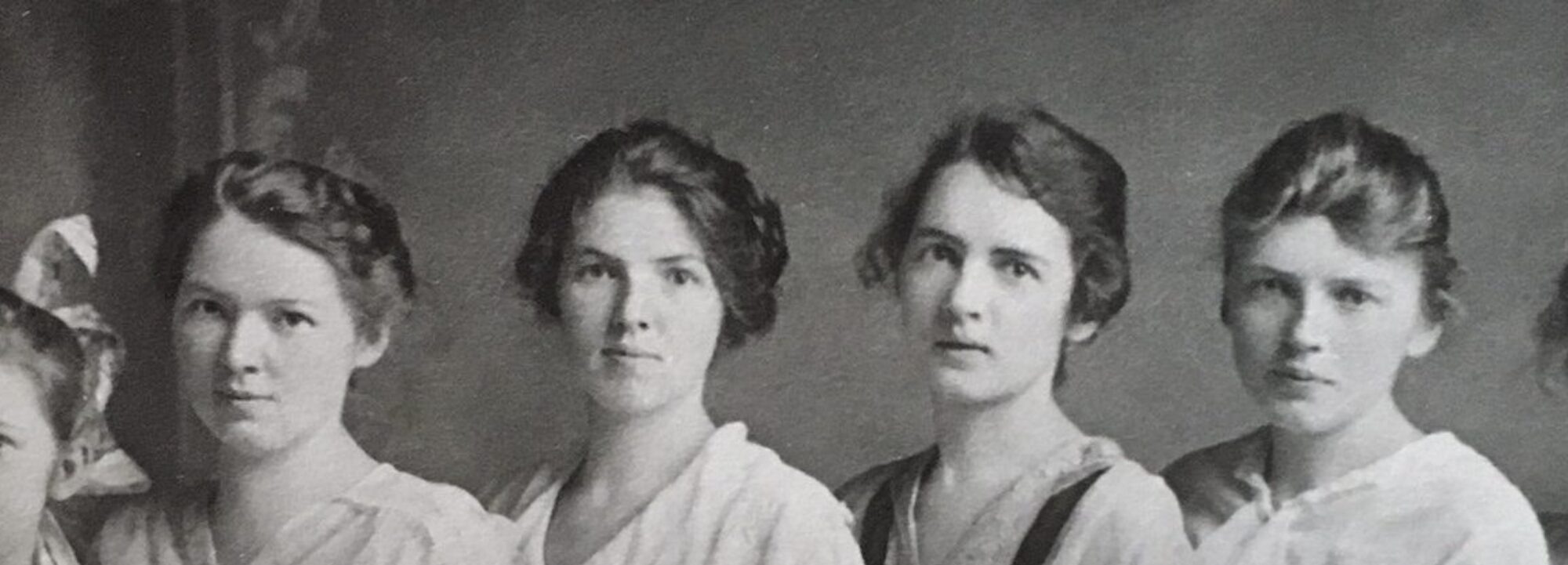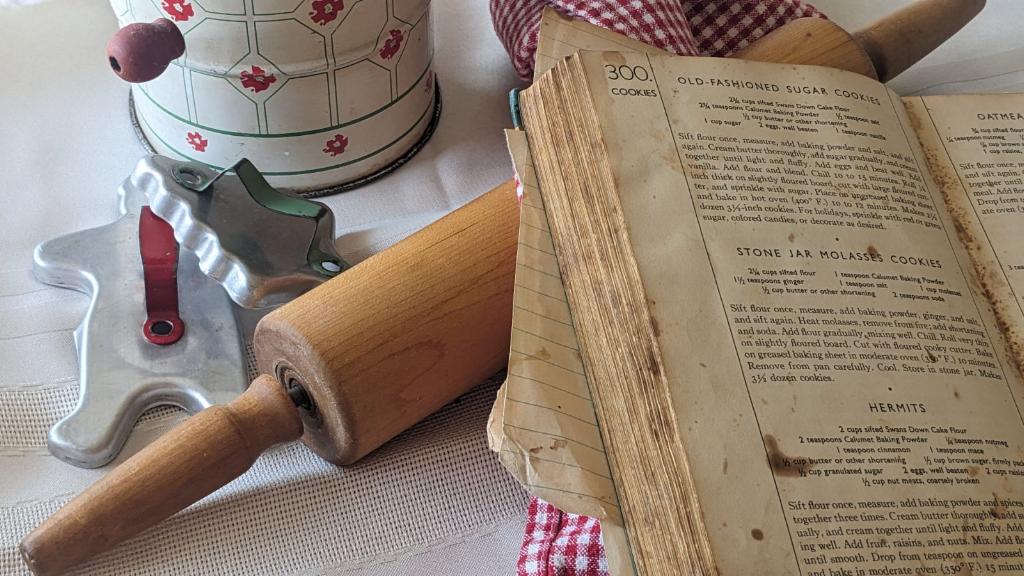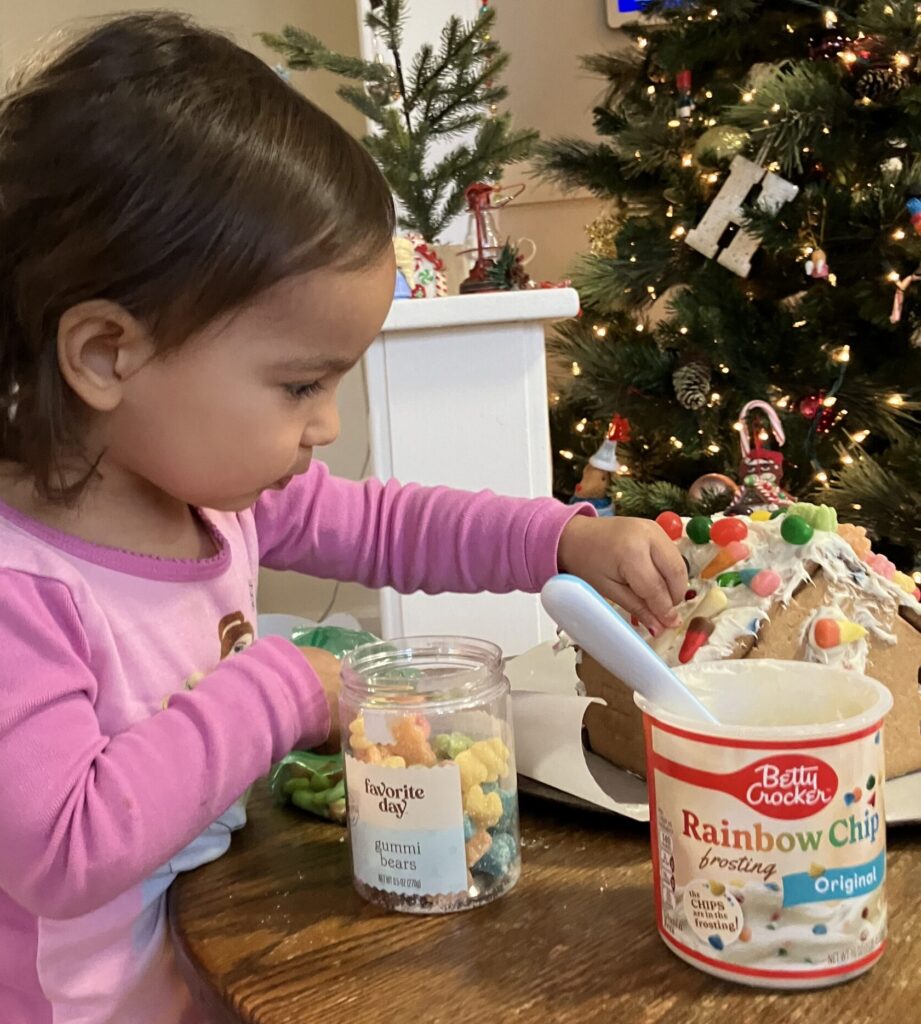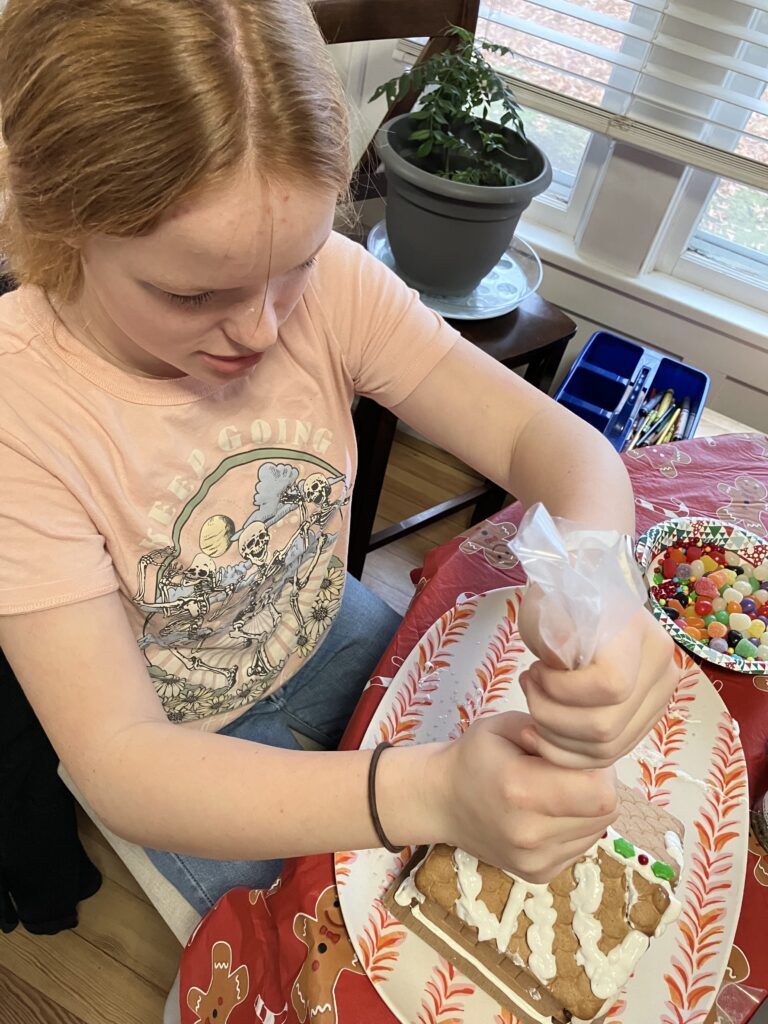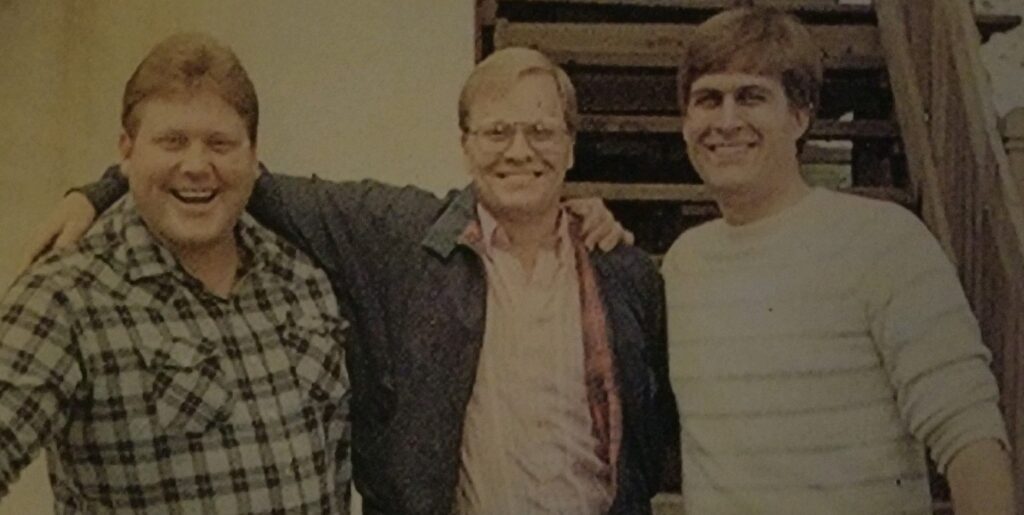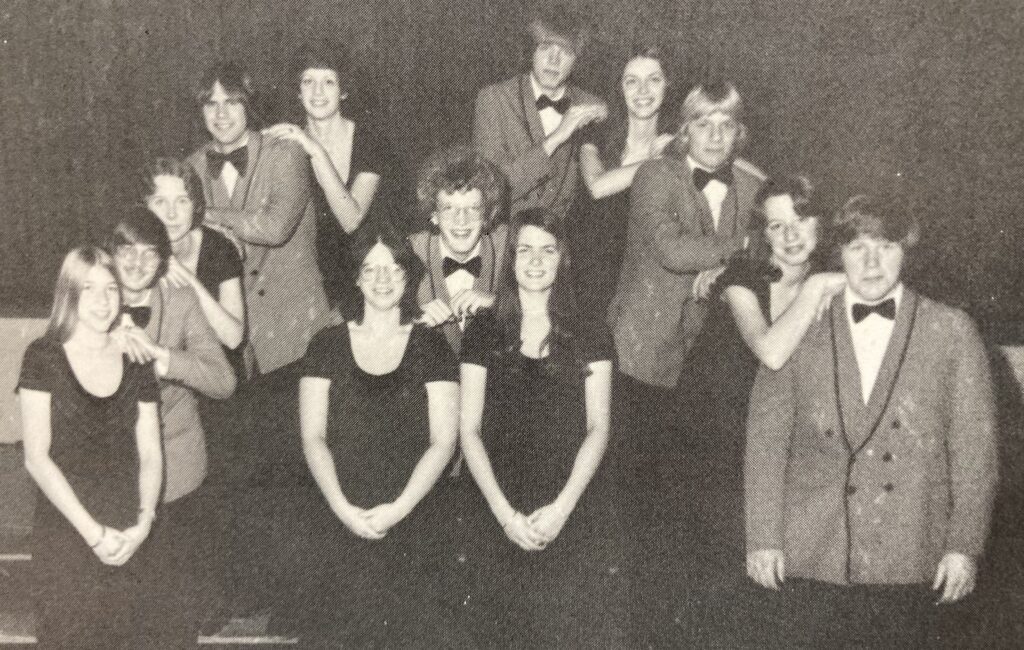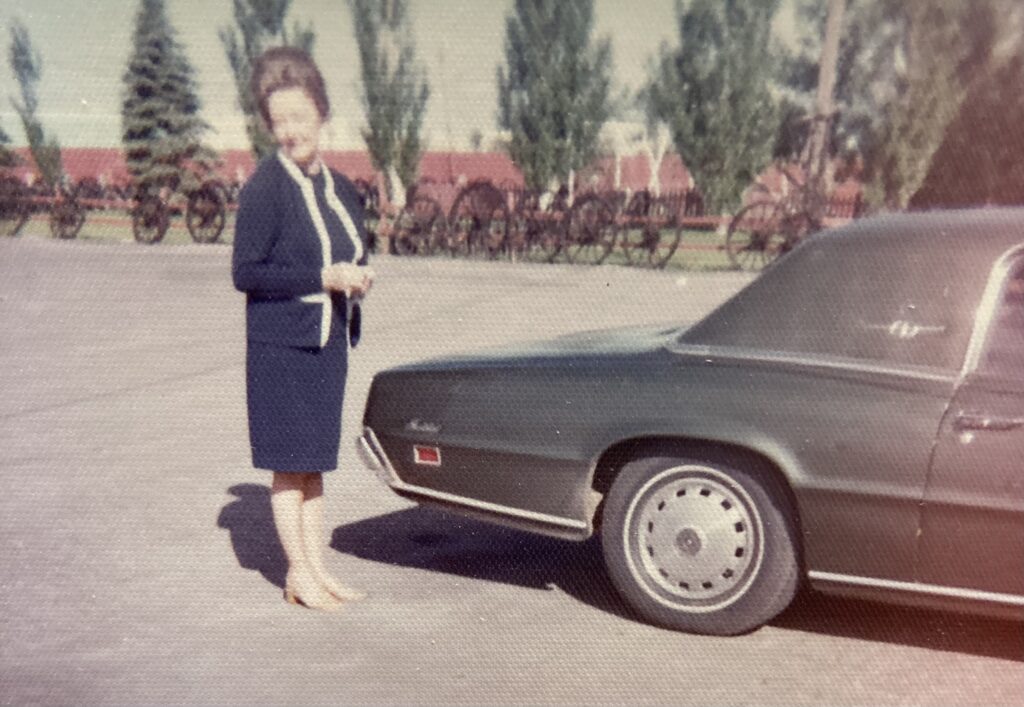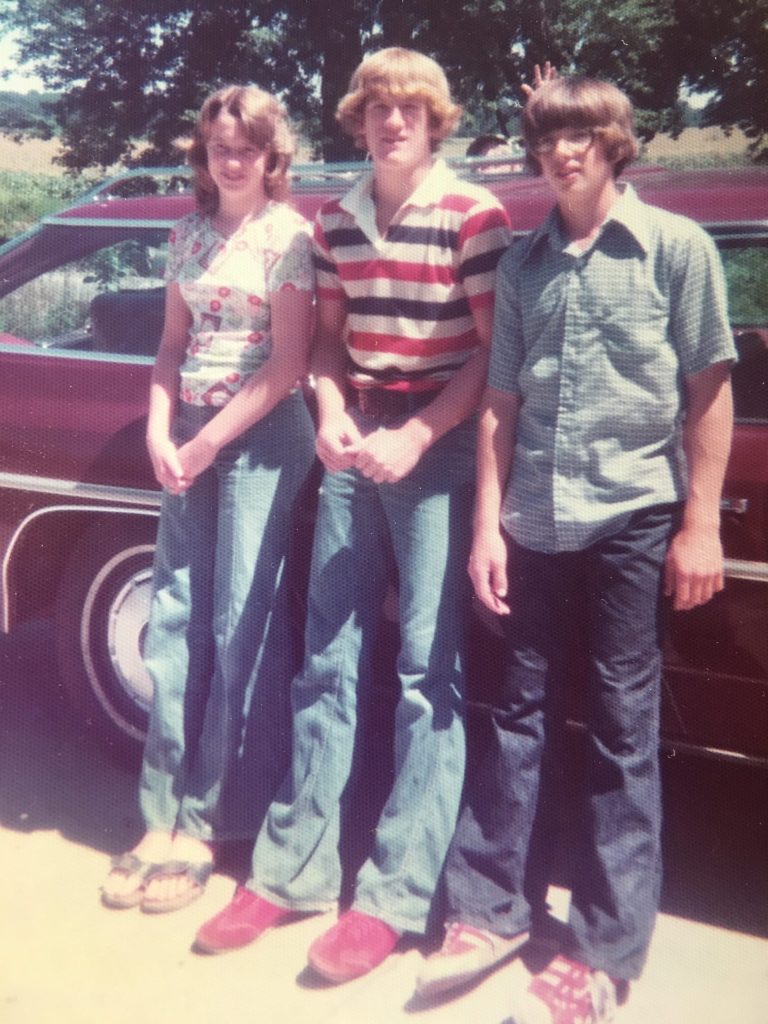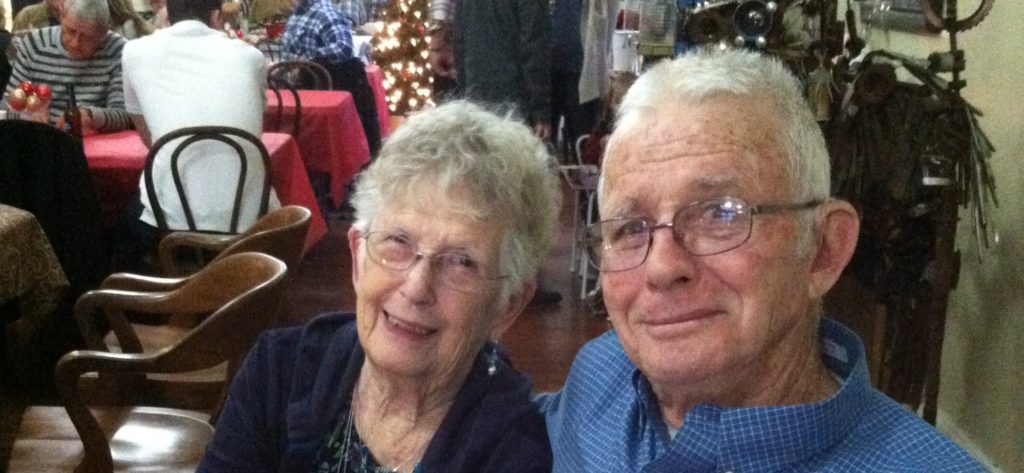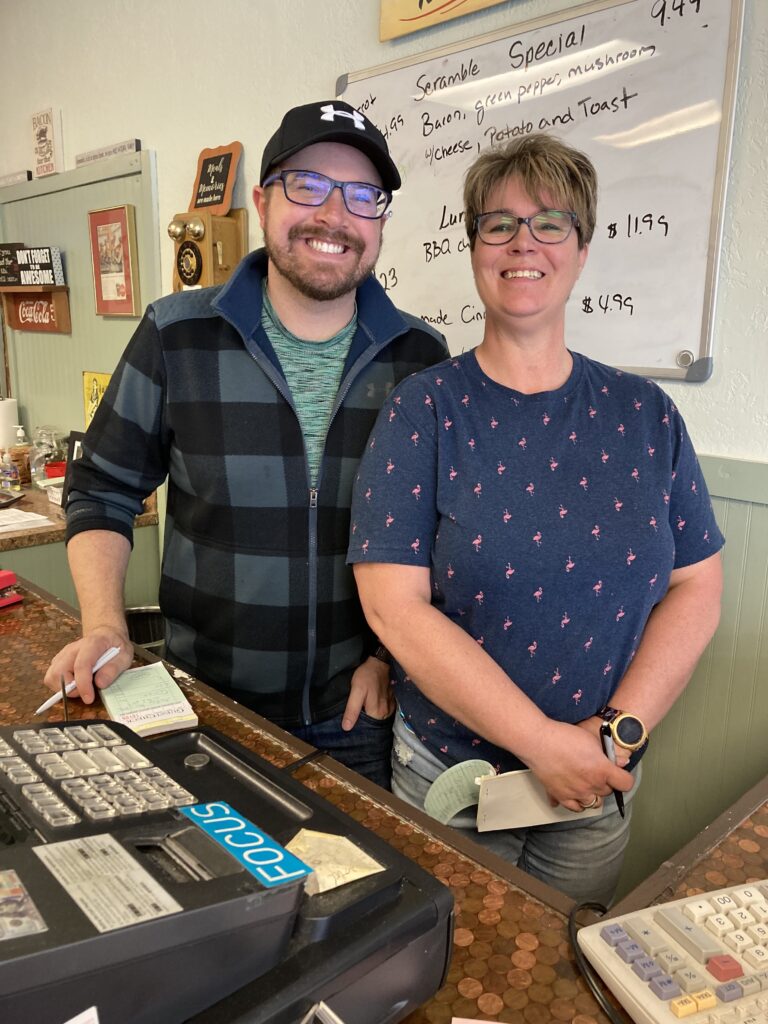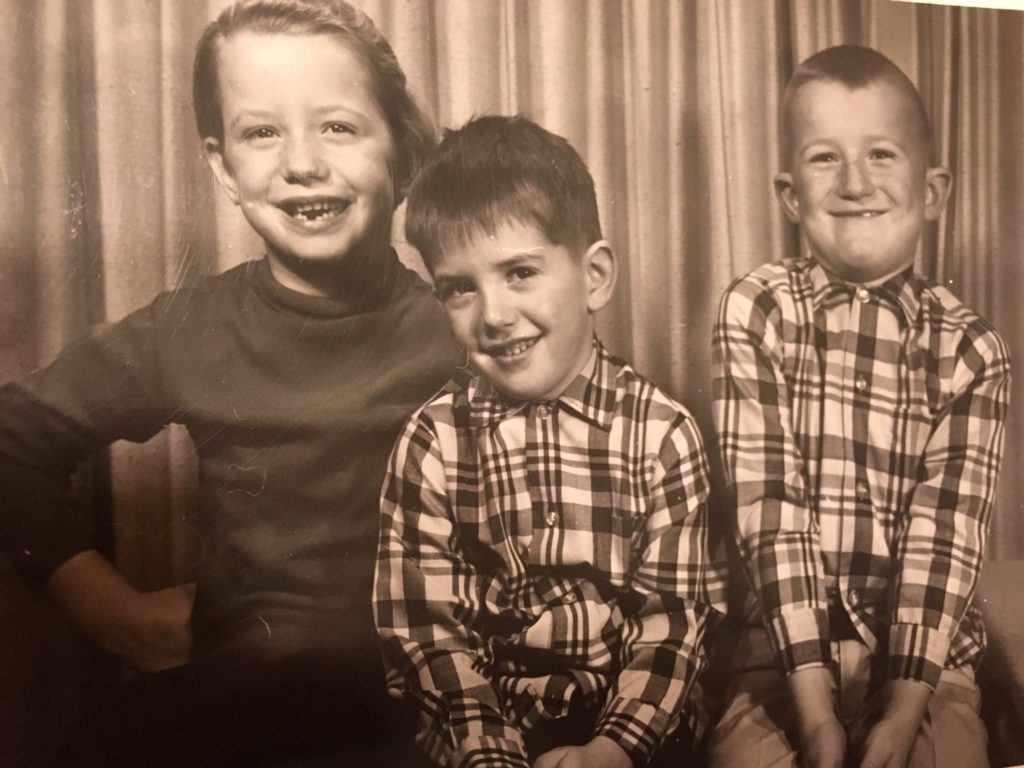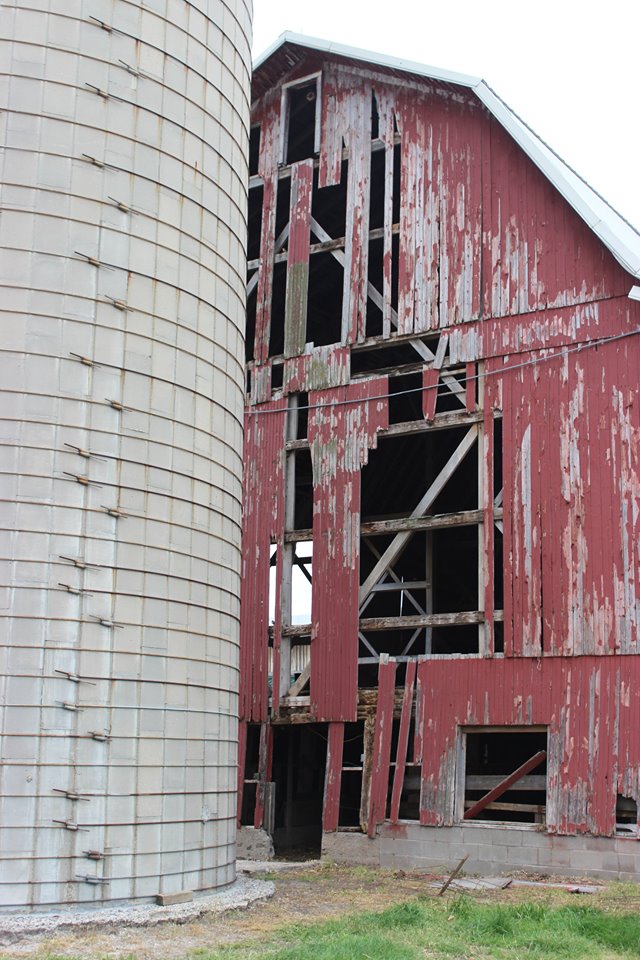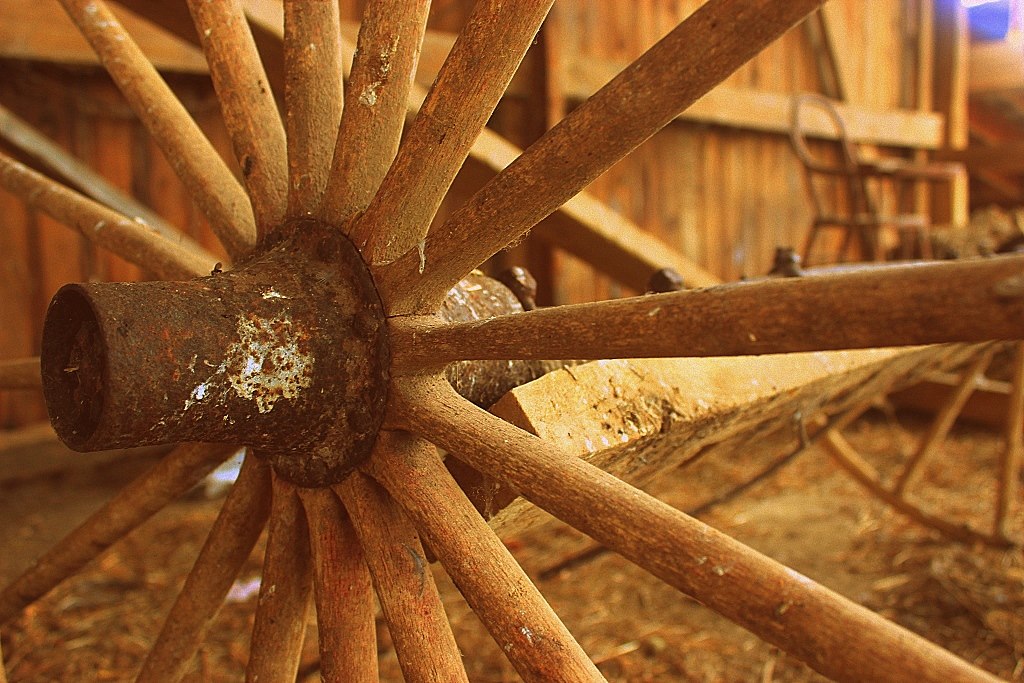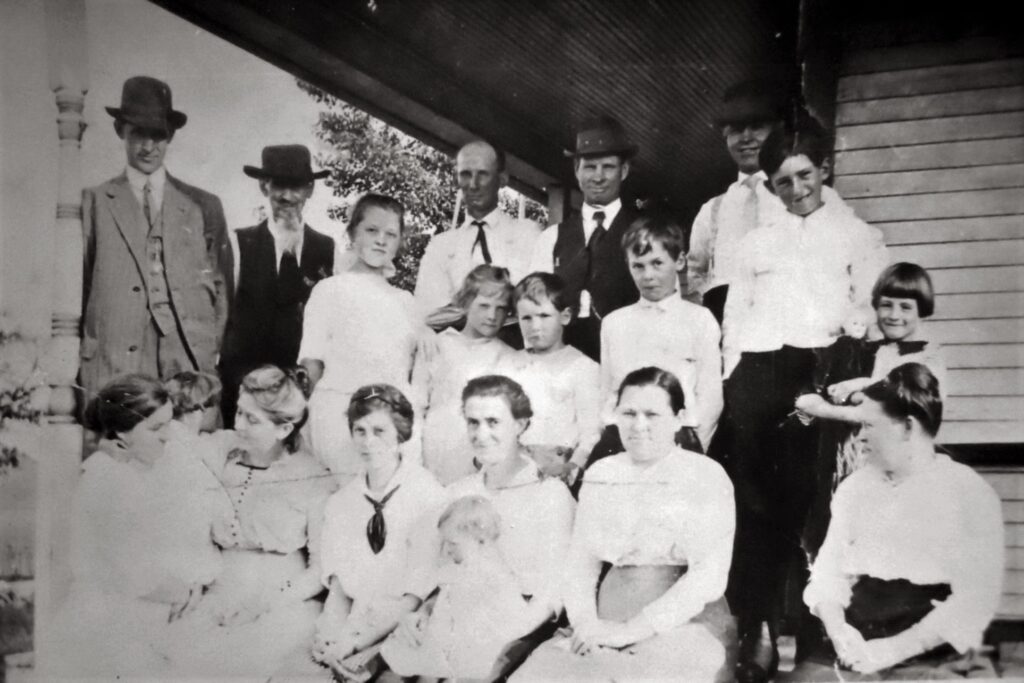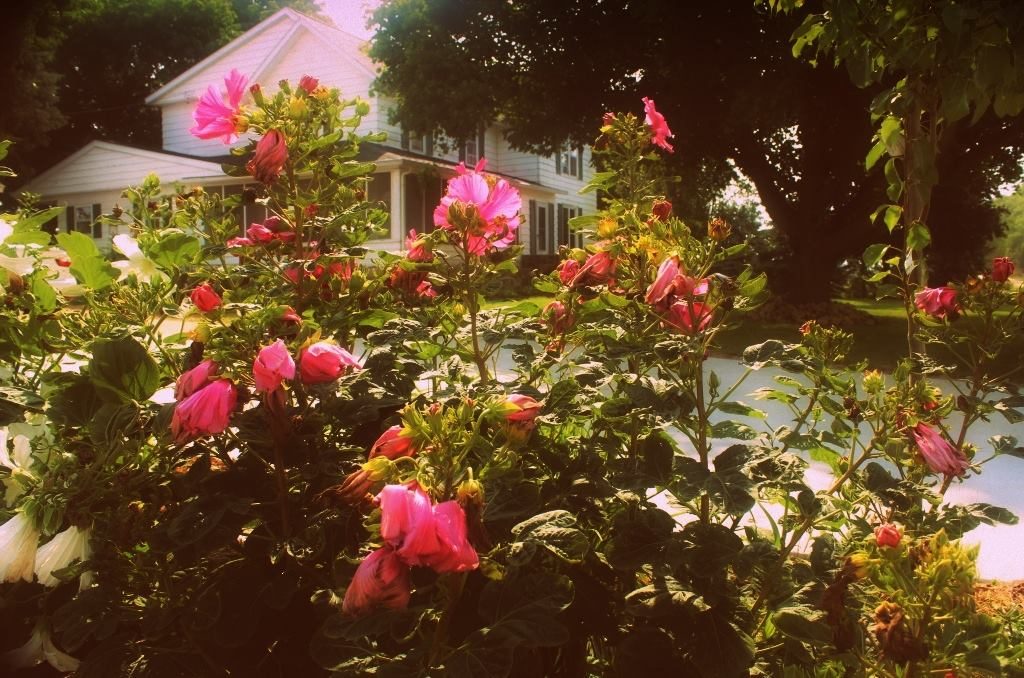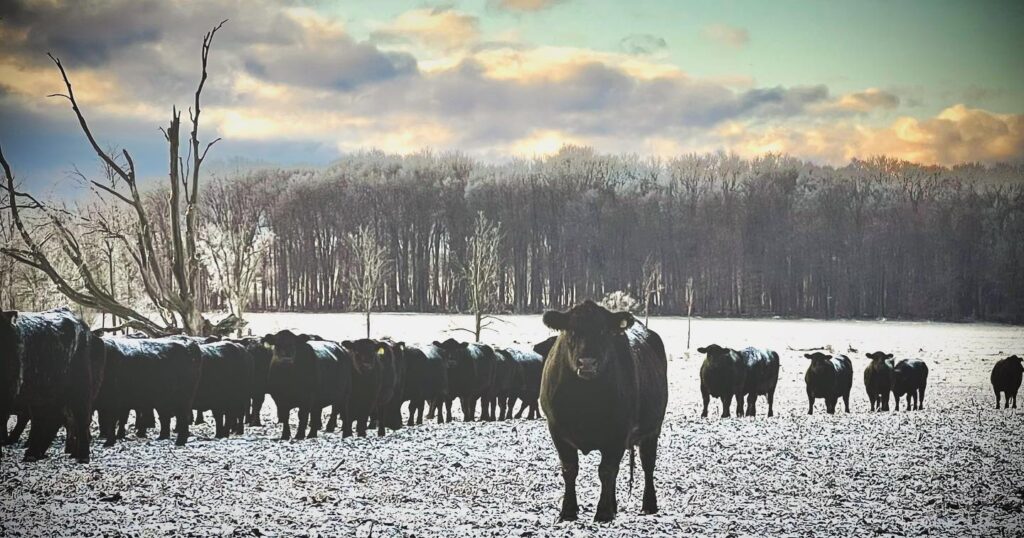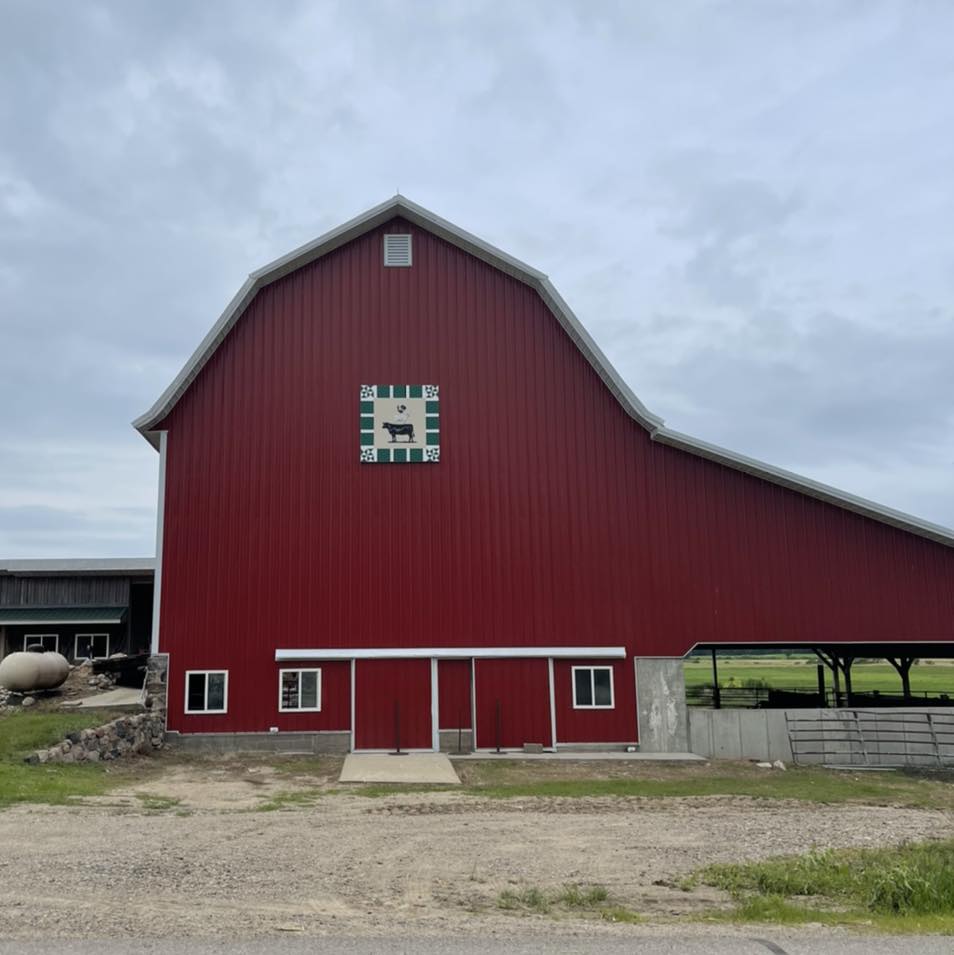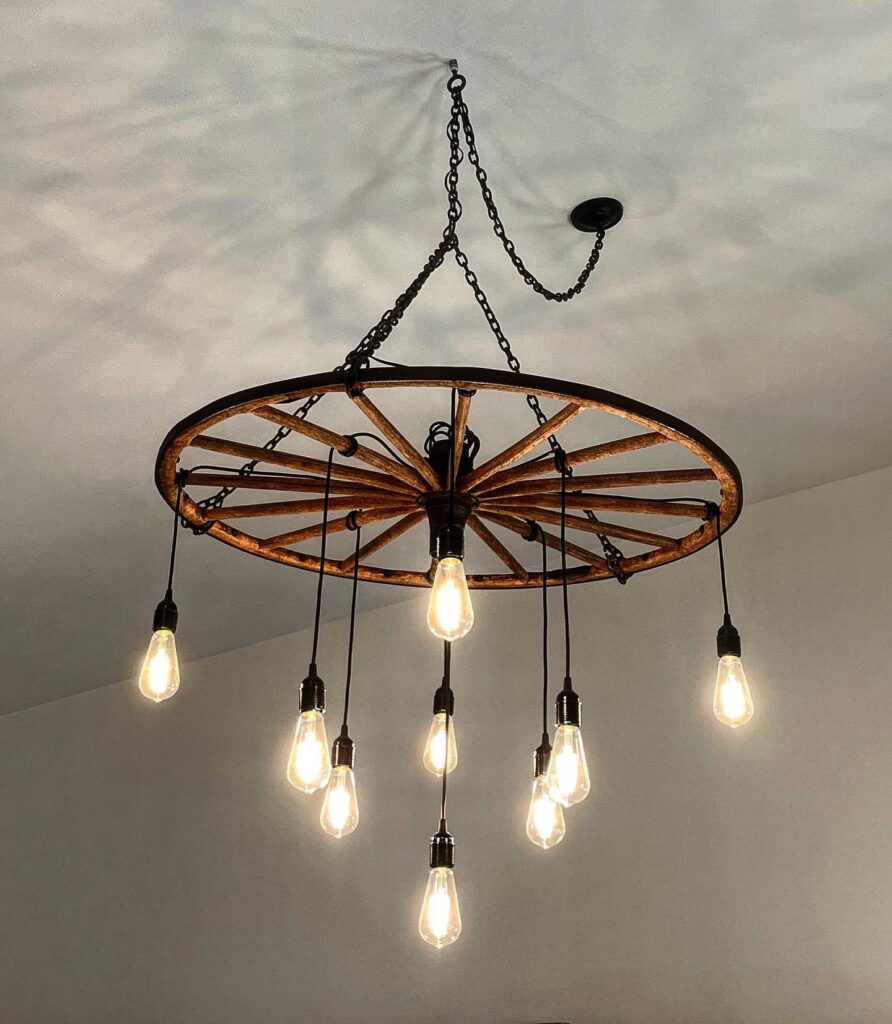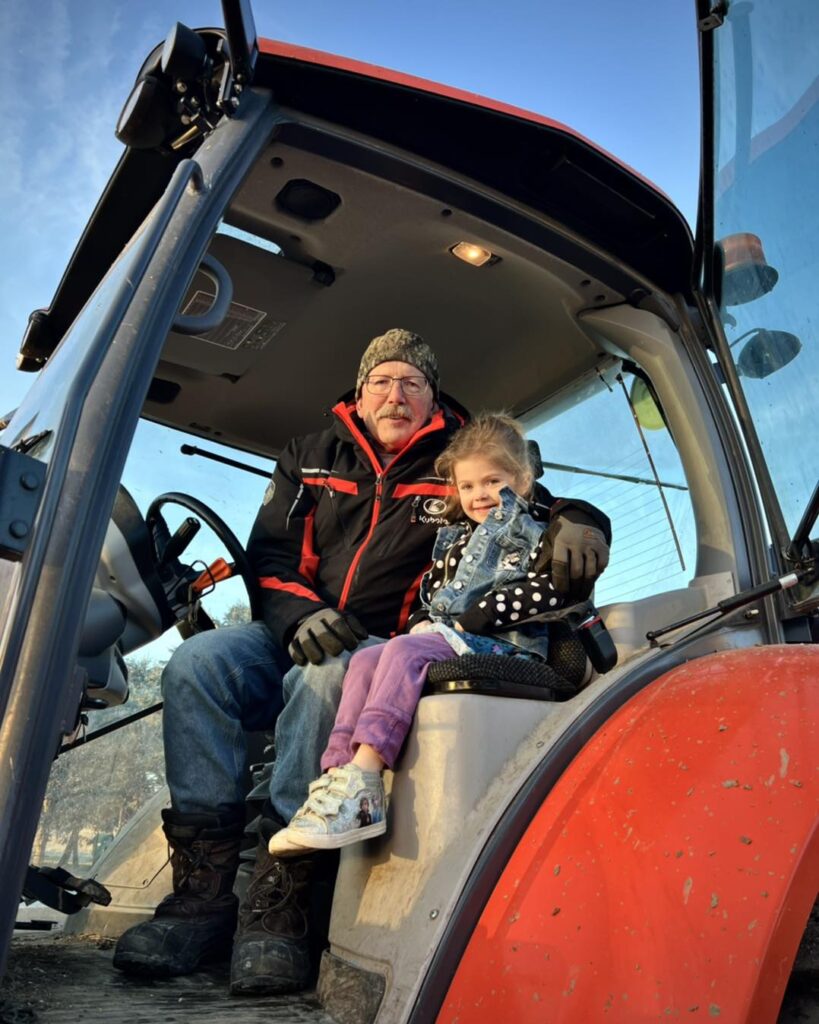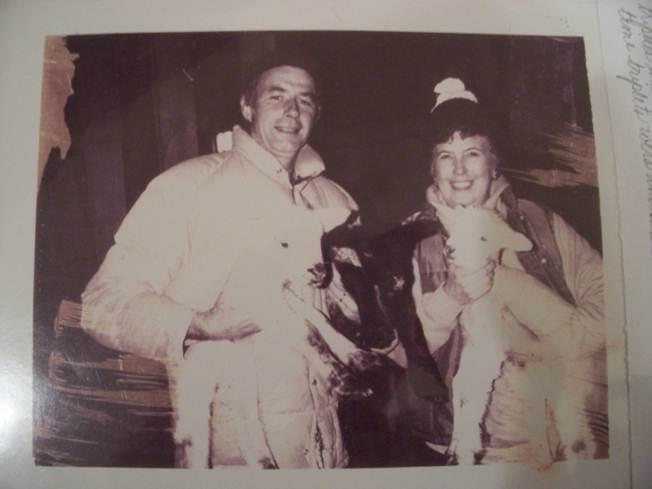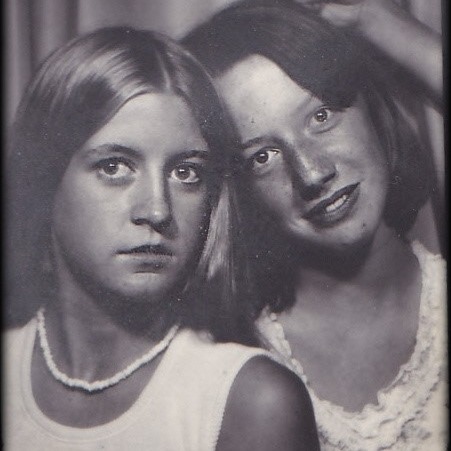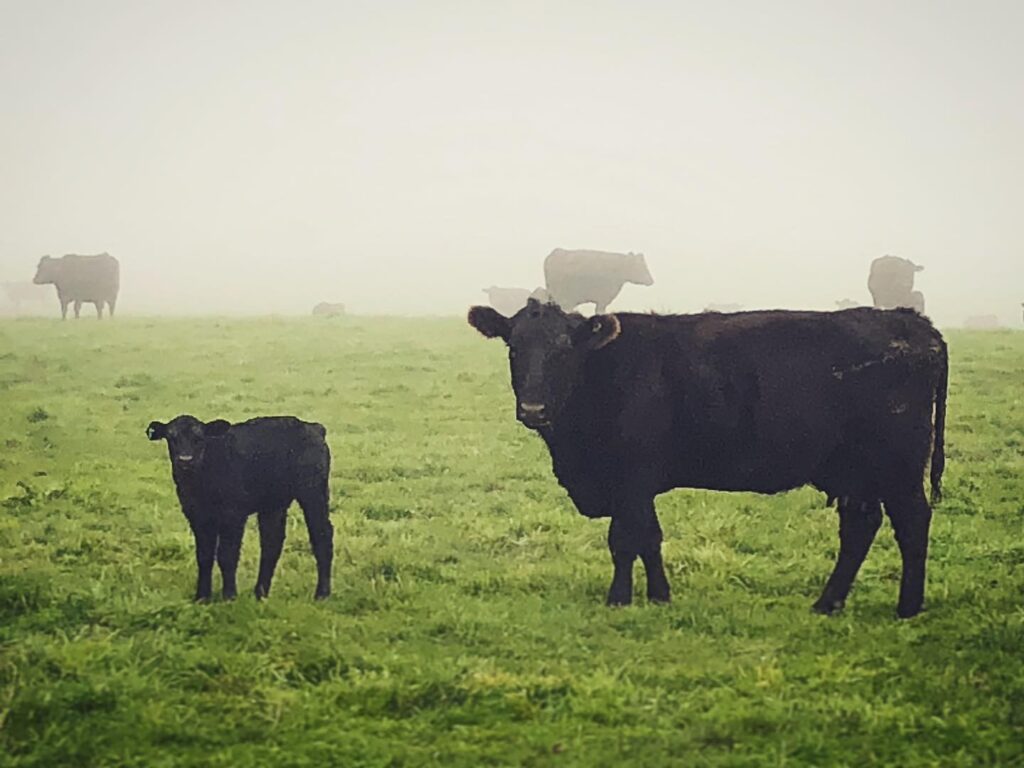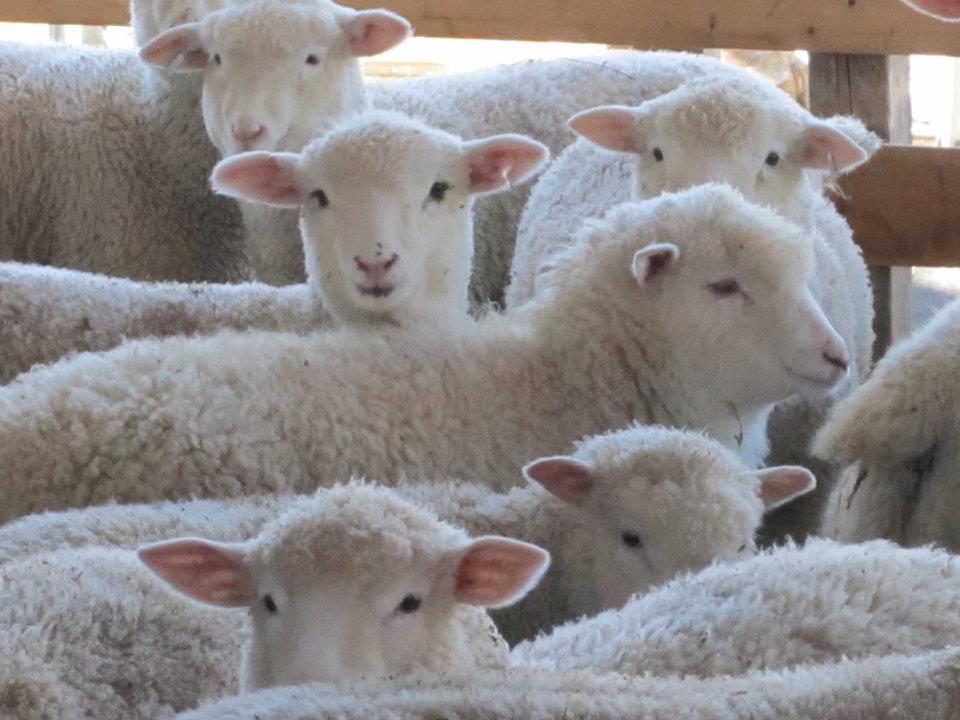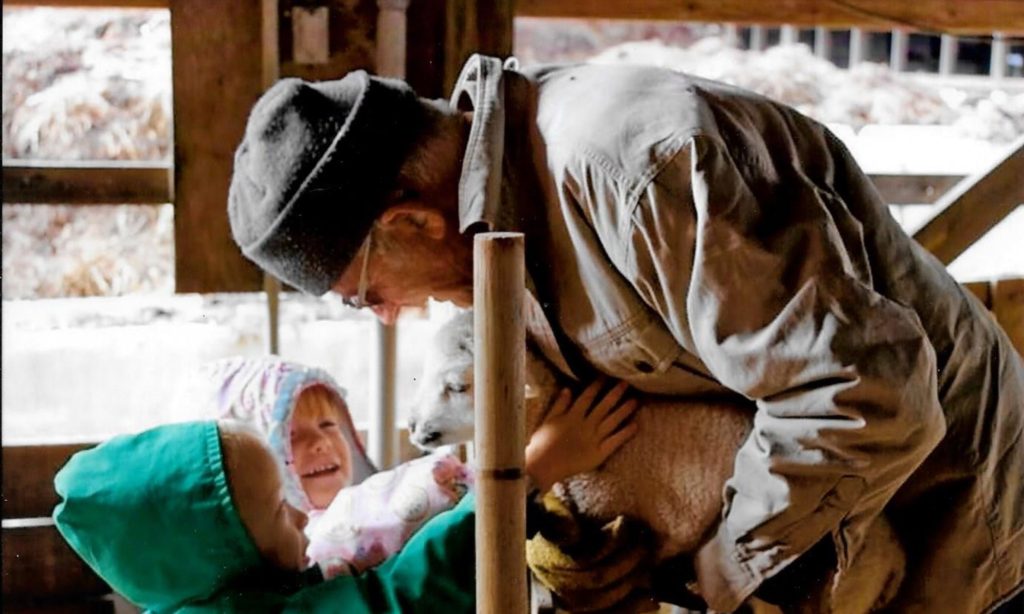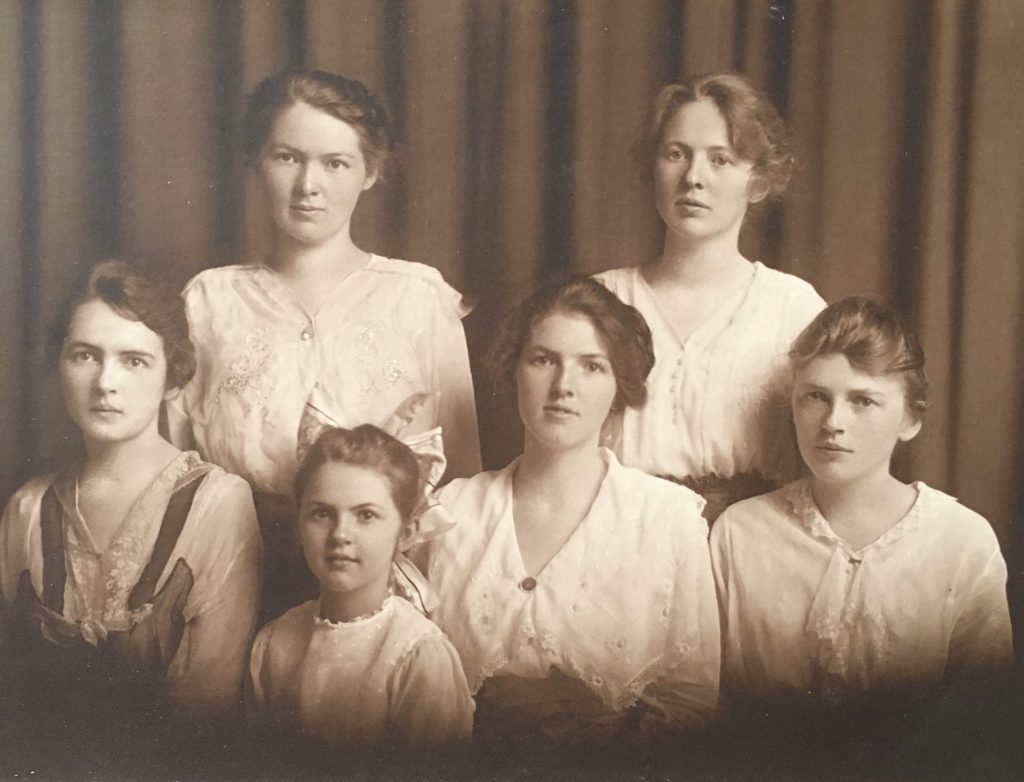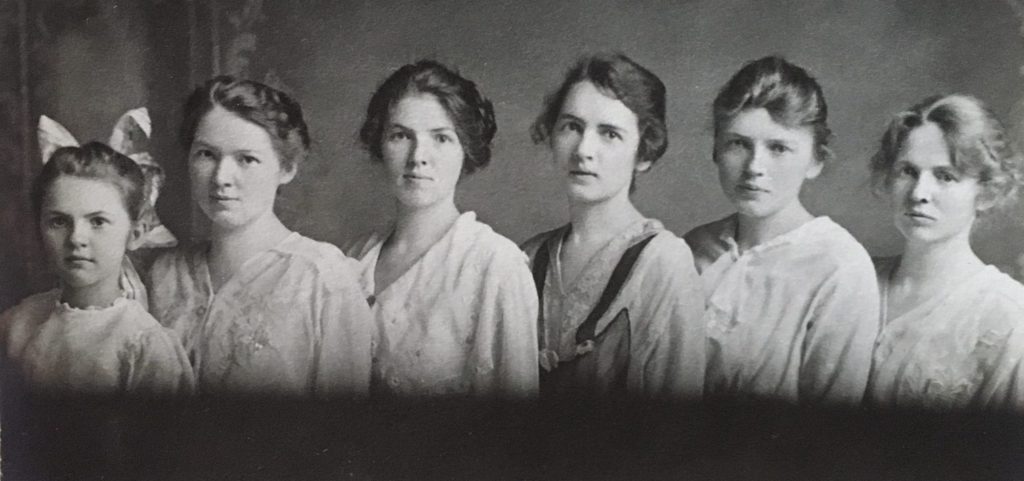Local resident Jane Crist’s cleaning and restoration work in our local cemeteries continues, now with an even stronger personal connection. I have known Jane for many years, and we have featured her work in a past issue. Her project began in the north section of the Vicksburg Cemetery, a Schoolcraft Township cemetery in the Village of Vicksburg. She secured township permission after researching appropriate products for cleaning the old headstones. The gallons of specialty cleaning concentrate are expensive, and several community members have donated funds to help cover the costs. In addition, several community groups and individuals contacted Jane and have given her some actual physical assistance.
Then the journey took a turn and gained a sense of urgency.
Several years ago, Jane broadened her monument and marker cleaning and preserving to Jenkinson Cemetery on East W Avenue, with permission from Brady Township. On the edges of the cemetery, the trees and brush were encroaching, many markers were buried under sod, and uncovering and saving existing stones became her top priority.
Through her work, Jane learned of the Simmons family, who at one time owned property adjacent to her great-grandparents’ farm. The family had eight children, two of whom served in the Civil War. Only one son, Charles, returned. The other son, Lycurgus or L.C., is buried in Camp Nelson National Cemetery in Jessamine County, Kentucky.
Each year, when winter sets in, Jane turns her efforts to research with the help of Leah Richards at the Vicksburg Historical Society. Through Jane and Leah’s persistence, they uncovered more information about L.C. “He was in Company F, 13th U.S. Colored Troops, Heavy Artillery,” said Jane. “He died on September 9, 1865,159 years ago, from typhoid at a training supply depot.”
Jane was moved by his story, how he “offered up his life to protect us,” and it became personal and emotional for her. “That young man fought for our country, and when he died and was buried, his family would never have been able to travel to visit his grave.”
This troubled her. “I told my daughter that I just have to go. I need to go visit that young man.”
Her daughter, Cathy Sutfin, made the 800-mile round trip visit happen. In late May, Cathy and Jane traveled to the national cemetery, where they were greeted and escorted to L.C.’s grave, one of over 12,000 service men and women buried there. “This was a powerful experience. To see all those military headstones. To recognize the sacrifice men and women have given to provide us the freedom and life we have today.”
And then her emotions. “I can’t explain my heart. When I reached L.C.’s grave, I laid flowers and just kneeled and thought about that young man. I imagine I am the only person who has ever intentionally visited his resting place. His own mother wouldn’t have been able to make that journey.”
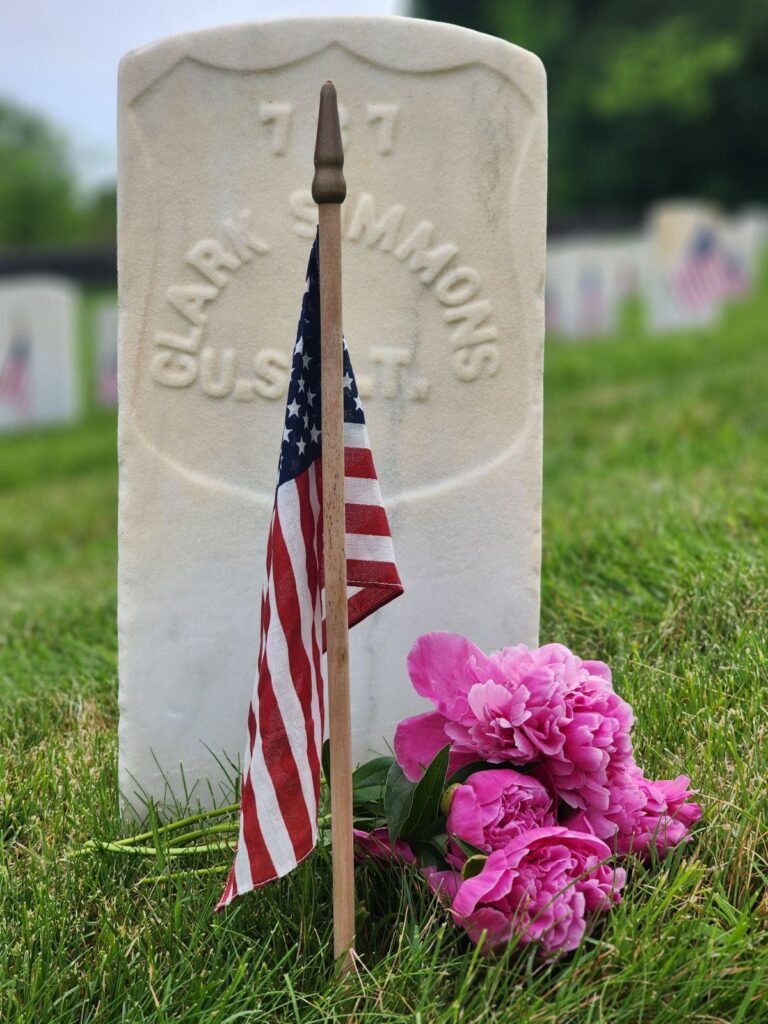
While Jane can’t “explain her heart,” I can sure explain mine. I am deeply moved by her selflessness, by her sensitivity, by her commitment. She is a servant to our shared history and to our community. She is impacting our legacy through honoring our past. She is remarkable.
Jane continues her work during the warm months, saying she has “two or three more years of work.” If you or your service club is interested in helping, please reach out at [email protected].
It’s a Fine Life.
